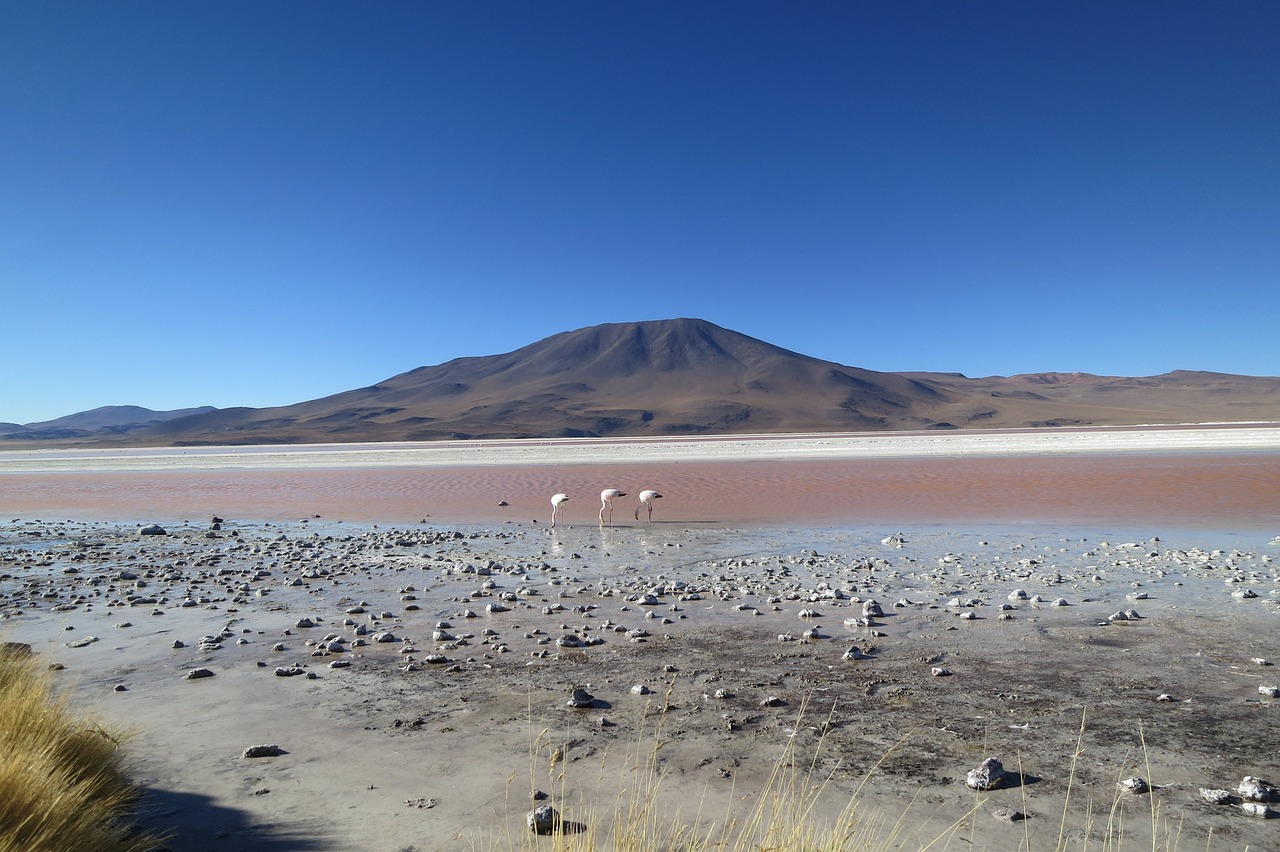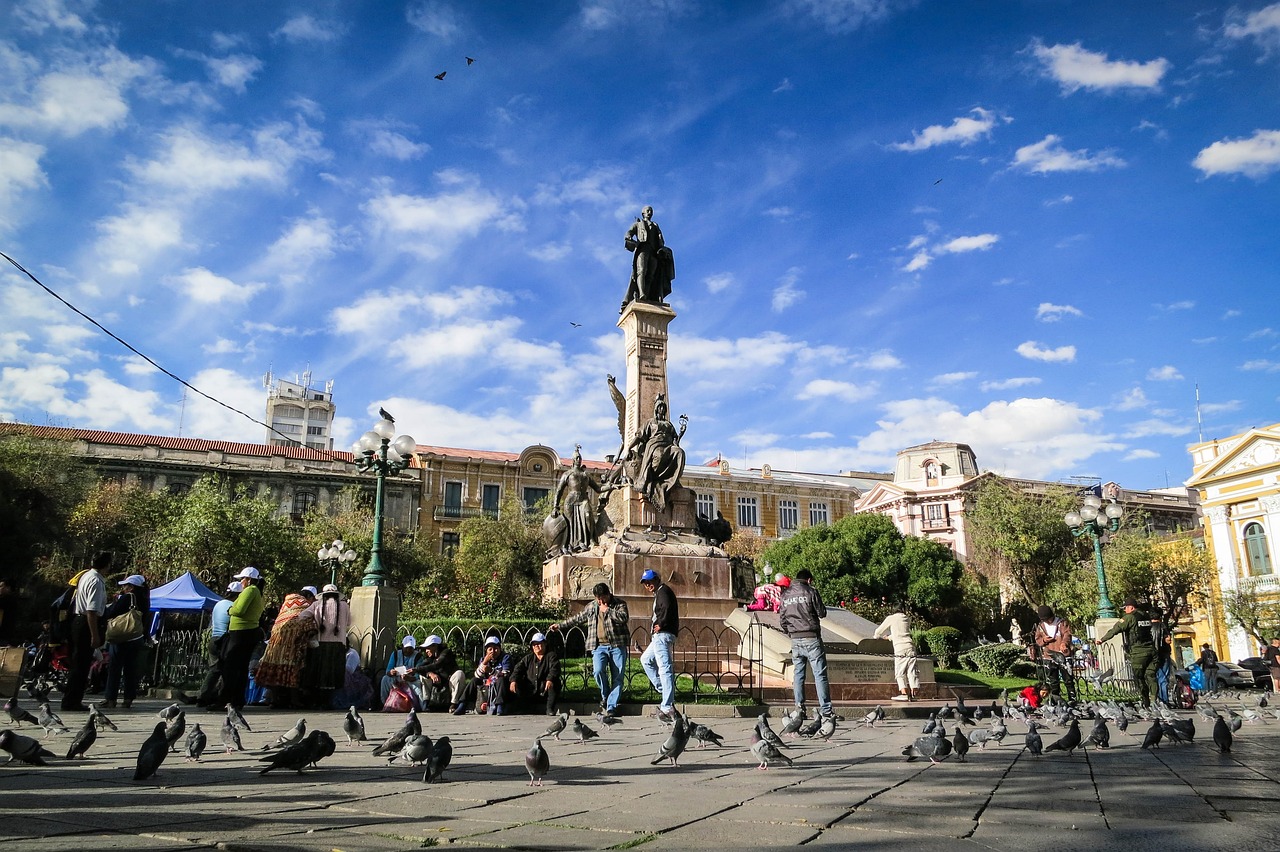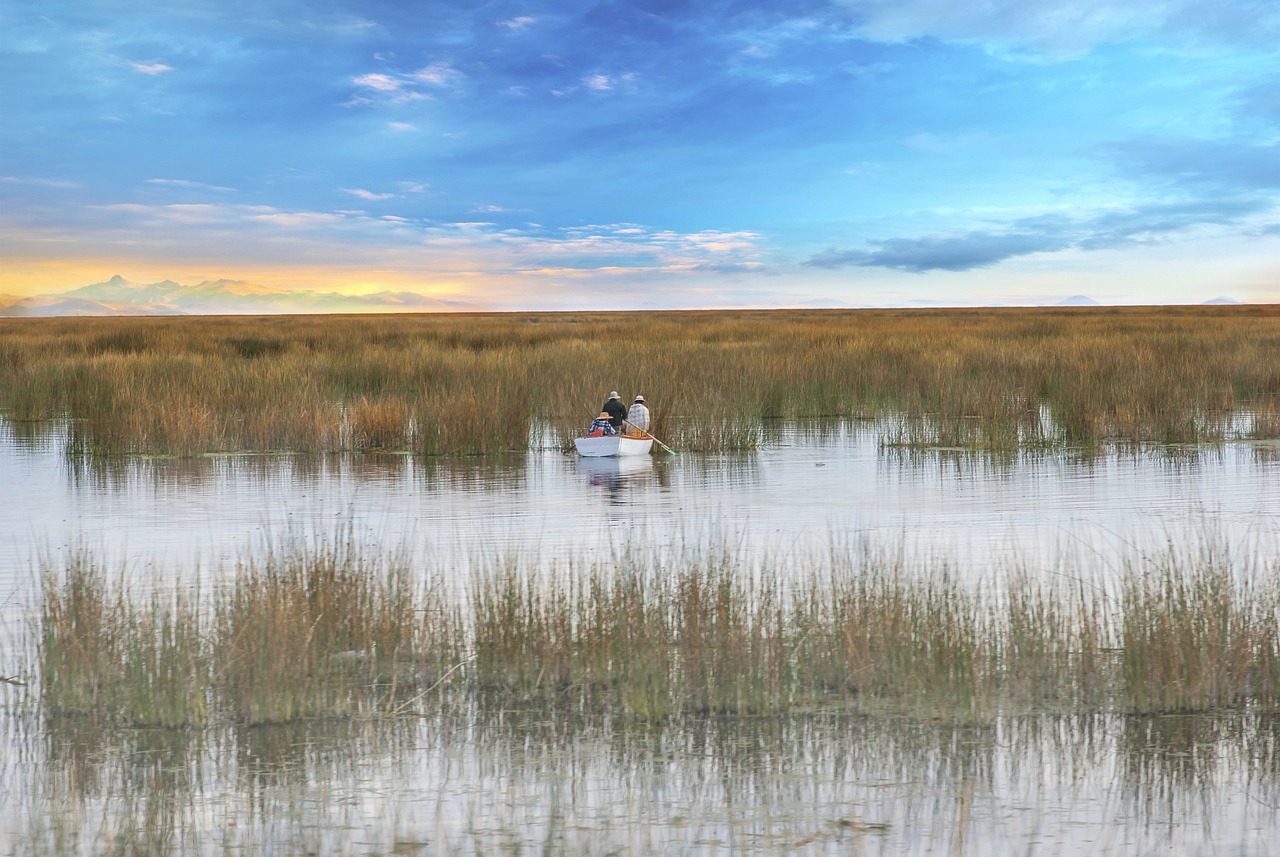Bolivia Video
Getting Around: Transportation Tips for Bolivia
Bolivia, a landlocked country in South America, offers travelers a unique and diverse experience. From the stunning landscapes of the Andes Mountains to the vibrant cities and rich cultural heritage, Bolivia has something for everyone. When planning your trip to Bolivia, it’s essential to understand the transportation options available to help you navigate the country efficiently and safely. In this article, we’ll explore various transportation tips to ensure a smooth journey through Bolivia.
1. Air Travel:
When traveling to Bolivia, the most convenient way to reach the country is by air. The main international airport in Bolivia is El Alto International Airport, located near the capital city of La Paz. Several airlines operate regular flights to and from Bolivia, connecting major cities worldwide. Domestic flights within Bolivia are also available, making it easier to explore different regions of the country.
- Choose a reputable airline: When booking your flights, opt for well-established airlines with a good safety record. Some popular airlines that fly to Bolivia include Boliviana de Aviación, LATAM Airlines, and Avianca.
- Check baggage restrictions: Different airlines have varying baggage allowances and restrictions. Make sure to check the baggage limits and any additional charges before packing for your trip.
- Arrive early at the airport: To avoid any last-minute rush or delays, arrive at the airport well in advance of your flight. This will allow you ample time for check-in, security screening, and other pre-flight procedures.
2. Bus Travel:
Bus travel is a popular and cost-effective way to get around Bolivia. The country has an extensive network of bus routes connecting major cities and towns. Traveling by bus in Bolivia can be a rewarding experience, offering breathtaking views of the countryside and opportunities to interact with locals.
- Choose reliable bus companies: Opt for reputable bus companies that prioritize passenger safety and comfort. Some well-known bus companies in Bolivia include Trans Copacabana, Todo Turismo, and El Dorado.
- Book in advance: During peak travel seasons, it’s advisable to book your bus tickets in advance to secure your seat. This will help avoid any last-minute availability issues.
- Be prepared for long journeys: Bus travel in Bolivia can involve long hours on the road, especially for intercity journeys. Pack essential items like snacks, water, a travel pillow, and entertainment to make your journey more comfortable.
3. Train Travel:
While not as extensive as the bus network, Bolivia offers train services that are popular among travelers. Train travel provides a unique perspective of the country’s landscapes, including the famous Uyuni Salt Flats.
- Explore the Andean Explorer: The Andean Explorer is a luxury train that operates between Cusco, Peru, and Lake Titicaca, Bolivia. This scenic journey offers breathtaking views of the Andes Mountains and the opportunity to experience the rich culture of the region.
- Discover the Death Road route: The Death Road route, also known as the Yungas Road, is a famous mountain biking route in Bolivia. Several tour operators offer guided tours that include transportation to the starting point of the route.
- Consider the Ferroviaria Oriental: The Ferroviaria Oriental is a train service that connects the cities of Santa Cruz and Quijarro. This route is popular among travelers exploring the eastern part of Bolivia.
4. Rental Cars:
If you prefer the freedom and flexibility of driving, renting a car is an option in Bolivia. However, it’s important to note that driving conditions in Bolivia can be challenging, especially in rural areas.
- Choose a reputable car rental company: When renting a car, opt for well-known and reputable car rental companies that provide reliable vehicles and comprehensive insurance coverage.
- Be aware of road conditions: Some roads in Bolivia, particularly in rural areas, may be unpaved or poorly maintained. It’s essential to be cautious and adapt your driving style accordingly.
- Understand local traffic rules: Familiarize yourself with the local traffic rules and regulations before driving in Bolivia. This includes knowing the speed limits, road signs, and any specific driving requirements.
5. Taxis and Rideshares:
Taxis and rideshares are readily available in major cities and towns in Bolivia. They provide a convenient mode of transportation for short distances or when public transportation options are limited.
- Use licensed taxis: When taking a taxi, ensure it is a licensed and registered vehicle. Licensed taxis have official identification and are generally considered safer.
- Agree on the fare: Before starting your journey, confirm the fare with the taxi driver or rideshare driver to avoid any misunderstandings or overcharging.
- Consider safety: While taxis and rideshares are generally safe in Bolivia, it’s always advisable to take precautions. Share your ride details with a friend or family member and avoid traveling alone late at night.
6. Navigating Public Transportation:
Public transportation, such as buses and trams, is widely available in major cities like La Paz and Cochabamba. Understanding how to navigate the public transportation system can help you get around more efficiently.
- Get a rechargeable card: Many cities in Bolivia use rechargeable cards for public transportation. These cards can be topped up with credit and used for multiple journeys, saving you the hassle of purchasing individual tickets.
- Study the routes: Familiarize yourself with the bus or tram routes in the city you’re visiting. Look for route maps or consult local resources to understand the different lines and their destinations.
- Be mindful of peak hours: Public transportation can get crowded during peak hours. If possible, plan your journeys outside of these times to avoid the rush.
7. Motorcycle Taxis:
In some rural areas of Bolivia, motorcycle taxis, also known as mototaxis, are a common mode of transportation. These small motorcycles with a passenger seat offer a convenient way to navigate narrow streets and reach remote locations.
- Ensure safety: When using a motorcycle taxi, prioritize safety. Wear a helmet, choose a reputable driver, and ensure the vehicle is in good condition.
- Negotiate the fare: Unlike metered taxis, motorcycle taxi fares are usually negotiated. Discuss the fare with the driver before starting your journey to avoid any misunderstandings.
- Consider weather conditions: Motorcycle taxis may not be suitable during adverse weather conditions, such as heavy rain or strong winds. Assess the weather before opting for this mode of transportation.
8. River Transportation:
Bolivia is home to several rivers, including the famous Amazon River. River transportation offers a unique way to explore the country’s natural wonders and access remote areas.
- Take a river cruise: Consider embarking on a river cruise to experience the beauty of Bolivia’s rivers. These cruises often include guided tours, wildlife spotting, and visits to indigenous communities.
- Research safety measures: If you plan to engage in river transportation activities, research safety measures and ensure you have appropriate safety equipment, especially if you’re participating in water sports or boating.
- Check for local regulations: Some rivers in Bolivia may have specific regulations or restrictions. Before venturing out, check with local authorities or tour operators to ensure you comply with any requirements.
9. Cycling:
Bolivia’s diverse landscapes make it an ideal destination for cycling enthusiasts. Whether you prefer mountain biking or leisurely rides through picturesque towns, cycling can be a thrilling way to explore the country.
- Choose suitable routes: Research and select cycling routes that match your skill level and interests. Bolivia offers a range of options, from challenging mountain trails to scenic routes through valleys and countryside.
- Check equipment and safety: Ensure your bicycle is in good condition and suitable for the terrain you’ll be riding on. Wear appropriate safety gear, including helmets and reflective clothing, and follow traffic rules.
- Stay hydrated and fueled: Cycling in Bolivia’s high-altitude regions can be physically demanding. Carry enough water, snacks, and energy-boosting food to keep yourself hydrated and fueled during your rides.
Bolivia Image 1:

10. Walking and Hiking:
Exploring Bolivia on foot allows you to immerse yourself in its natural beauty and discover hidden gems. From city walking tours to challenging hikes in the mountains, there are options for all fitness levels.
- Join guided walking tours: Many cities in Bolivia offer guided walking tours that provide insights into the local culture, history, and architecture. These tours are a great way to learn about the destination while exploring on foot.
- Prepare for hiking: If you plan to hike in Bolivia, research the trail difficulty, weather conditions, and necessary permits. Pack appropriate hiking gear, including sturdy footwear, layers of clothing, and sufficient food and water.
- Respect the environment: When walking or hiking in Bolivia’s natural areas, follow Leave No Trace principles. Respect the environment, avoid littering, and stay on designated trails to minimize your impact.
11. Ferries and Boats:
Bolivia’s vast network of rivers and lakes offers opportunities for ferry and boat travel. Whether it’s crossing Lake Titicaca or exploring the Amazon River, these waterways provide unique transportation experiences.
- Take a ferry to Lake Titicaca: Lake Titicaca, located on the border of Bolivia and Peru, is the highest navigable lake in the world. Ferries operate between various islands on the lake, allowing visitors to explore its beauty and indigenous cultures.
- Consider river tours: Several tour operators offer river tours in Bolivia, including trips along the Amazon River. These tours provide a chance to spot wildlife, visit remote communities, and experience the country’s natural wonders.
- Check safety measures: When participating in any water-based activities, ensure you have access to life jackets and follow safety instructions provided by tour operators or boat captains.
Bolivia Image 2:

12. Conclusion:
Getting around Bolivia can be an adventure in itself, with various transportation options available to suit different preferences and budgets. Whether you choose to fly, take buses, ride trains, or explore on foot, planning ahead and considering safety measures will ensure a smooth and enjoyable journey. Embrace the diverse landscapes and rich culture of Bolivia as you navigate this beautiful country.
References:
- Boliviana de Aviación – www.boa.bo
- LATAM Airlines – www.latam.com
- Avianca – www.avianca.com
- Trans Copacabana – www.transcopacabana.com
- Todo Turismo – www.todoturismo.bo
- El Dorado – www.eldorado.bo
Bolivia Image 3:



